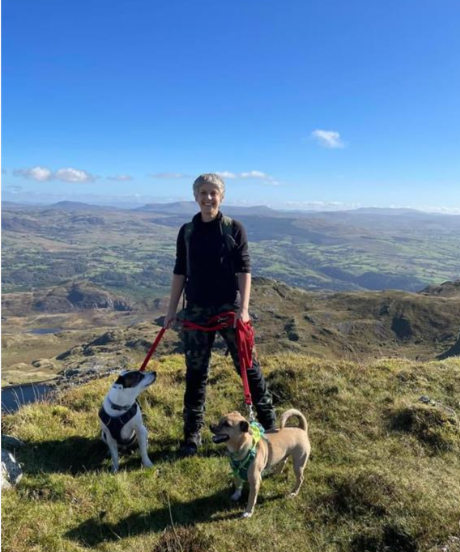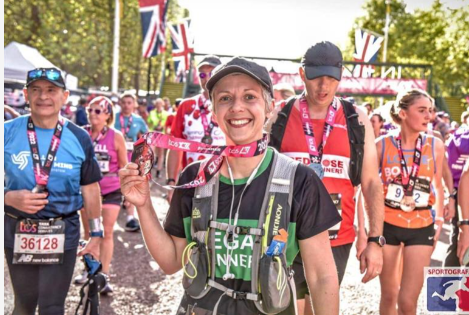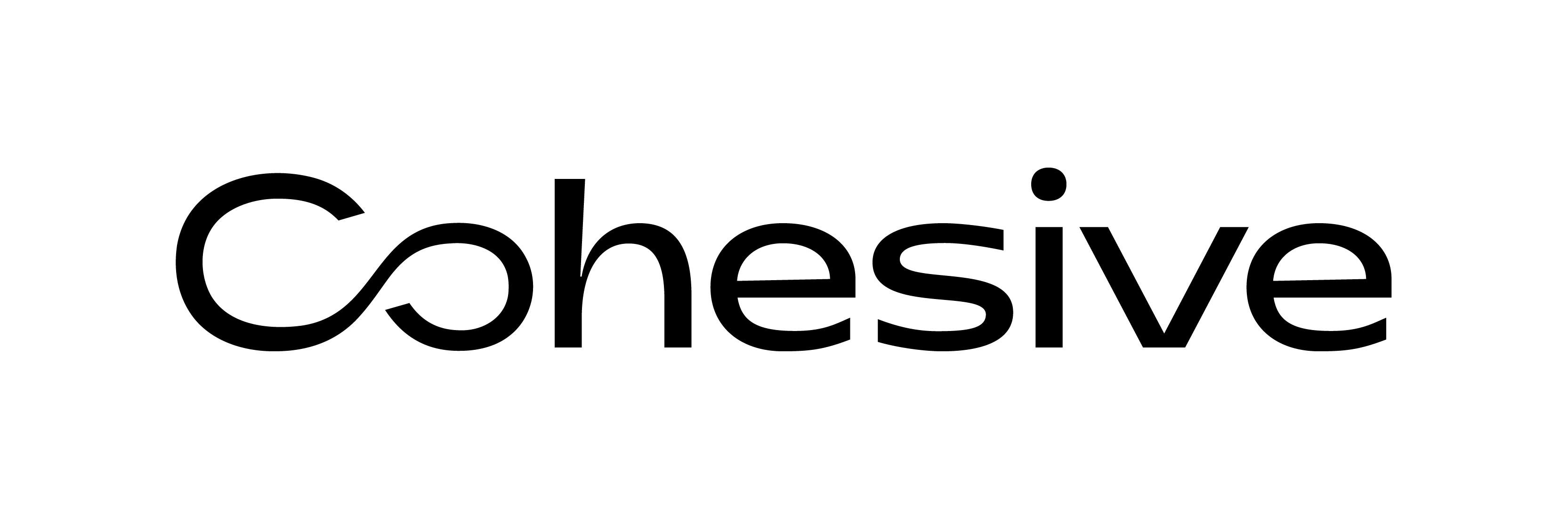
Zoey Ritchie is a Principal Digital Consultant. During her 20-year career she has provided strategic and technical advice on digital transformation and implementation to major clients and programmes of work including the Manchester Airport Transformation Programme and the Houses of Parliament Restoration and Renewal Programme.
As part of our ‘Women in Science, Technology, Engineering and Maths (STEM)’ series, we caught up with her to talk models, Manchester and marathons.
Your career to date – has it unfolded as you hoped for?
When I was at school, I told the career advisor I wanted to go into design and her response was that I needed a ‘strong back-up plan’ so that I wasn’t disappointed. I’m glad I didn’t listen and I’m pleased to say I have not been disappointed!
I started in product design and fell into the construction sector through that and the experience in 3D modelling that it gave me.
I joined a small start-up which was competing with traditional quantity surveying consultancies to produce cost plans and detailed bills of quantities.
Our differentiator was that we were doing this by creating a model and we would generate the information from the model. The client would receive the bill of qualities but also all the images / construction sequence animations that we could create from it.
The start-up (Privica) was eventually acquired by Laing O’Rourke and developed into what is now their Digital Engineering team.
You learnt on the job initially?
Yes, I had a degree in product design but no background in construction so had to learn very quickly, particularly as ensuring correct bills of quantities was vital given our clients were using them to price and bid for work.
I studied Quantity Surveying at Reading as a distance learning degree which gave me the knowledge and credibility needed to work for a Tier 1 contractor.
What was the approach to digital techniques and processes like back then?
I remember the remit from James Eaton (Head of Digital Engineering) was that the mark of success of the digital engineer was to ‘make yourself redundant’. In other words, our role was to digitise the teams and enable them to perform their roles using digital tools. If they could do that then there would be no need for digital engineers, which made perfect sense.
Projects you are most proud of?
I’ve been lucky to work on a lot of interesting projects across all sectors. To name a few; Alder Hey Children’s Hospital, Francis Crick Institute, Houses of Parliament Restoration and Renewal Programme, Manchester Airport Transformation Programme.
My work on these projects has been varied. On Alder Hey Children’s Hospital we were using digital tools to create cost plans and model topography to calculate the optimal position for the helipad. On Francis Crick I led a team to deliver detailed bills of quantities of the steelwork facade and the complex blockwork that incorporated security features. The Manchester Airport Transformation Programme was different again, I led a team to make sure we were delivering the client’s requirements to create trusted asset data that could be handed over at the end of the project and fed into their asset management system, Maximo.
The most interesting project was the Houses of Parliament Restoration and Renewal Programme which is still ongoing. The building is 900 years old and has had many alterations through that time making it massively complex. Part of this project was creating a strategy to collate all the survey data needed to make design and restoration decisions and another strategy and process to manage the massive volume of digital comments and mark-ups generated as the design progressed.
What are you currently focused on?
My day to day role at Cohesive is very varied. Consultancy projects could be doing discovery workshops / interviews with clients to find out what their pain points are and then creating a roadmap and implementation plan, another project might be research for clients into a new technology and identifying risks of implementing them, such as cyber or business risks.
I’ve also been involved in developing and implementing our Information Delivery Planning software tools, and Cohesive DataConnect – our platform which provides integration, quality control and insight across siloed data sets and builds a digital replica of physical infrastructure. It is used by clients including National Highways and HS2.

”Digital process and data should create efficiency – not add bloat to a project. To achieve this, the client needs to be really clear on what they need and why, along with a plan of what they are actually going to do with it.








